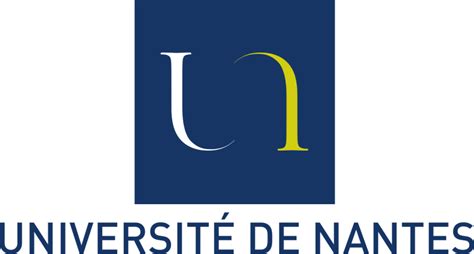Detection of Extensive Air Showers with the self-triggered TREND radio array
Résumé
We demonstrate here the ability of TREND, a self-triggered antenna array, to autonomously detect and identify air showers induced by cosmic rays, from their radio emission, measured in the 50-100 MHz frequency range. TREND (Tianshan Radio Experiment for Neutrino Detection) is an array of 50 single polarised antennas, deployed over a total area of 1.5 km$^2$ on the site of the 21 cmA radio interferometer in the radio-quiet Tianshan mountains (China), that was running between 2011 and 2013. The TREND DAQ system was designed to allow for a trigger rate of up to 200 Hz per antenna, based on a very basic signal-over-threshold trigger condition. The reconstruction and discrimination of air showers from the ultra-dominant background noise is then performed through an offline treatment.We present here, for the first time, a detailed search for extensive air showers with the TREND data. We first explain the background-rejection algorithm which allowed to select about 500 air shower radio candidates from the $\sim7.10^8$ radio pulses recorded with the TREND array. We then show that the distribution of the directions of arrivals of these $\sim$500 candidates is compatible with what is expected for air showers. We finaly compute the TREND air shower detection efficiency, thanks to an end-to-end simulation chain which will be detailed here. Given the fairly basic TREND data acquisition chain, these results can be considered extremely encouraging in the perspective of future experiments using radio as a way to detect air showers, such as the Giant Radio Array for Neutrinos Detection.
